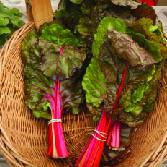-
CATEGORY ::
- All Seeds /
- All Ground Cover Seeds
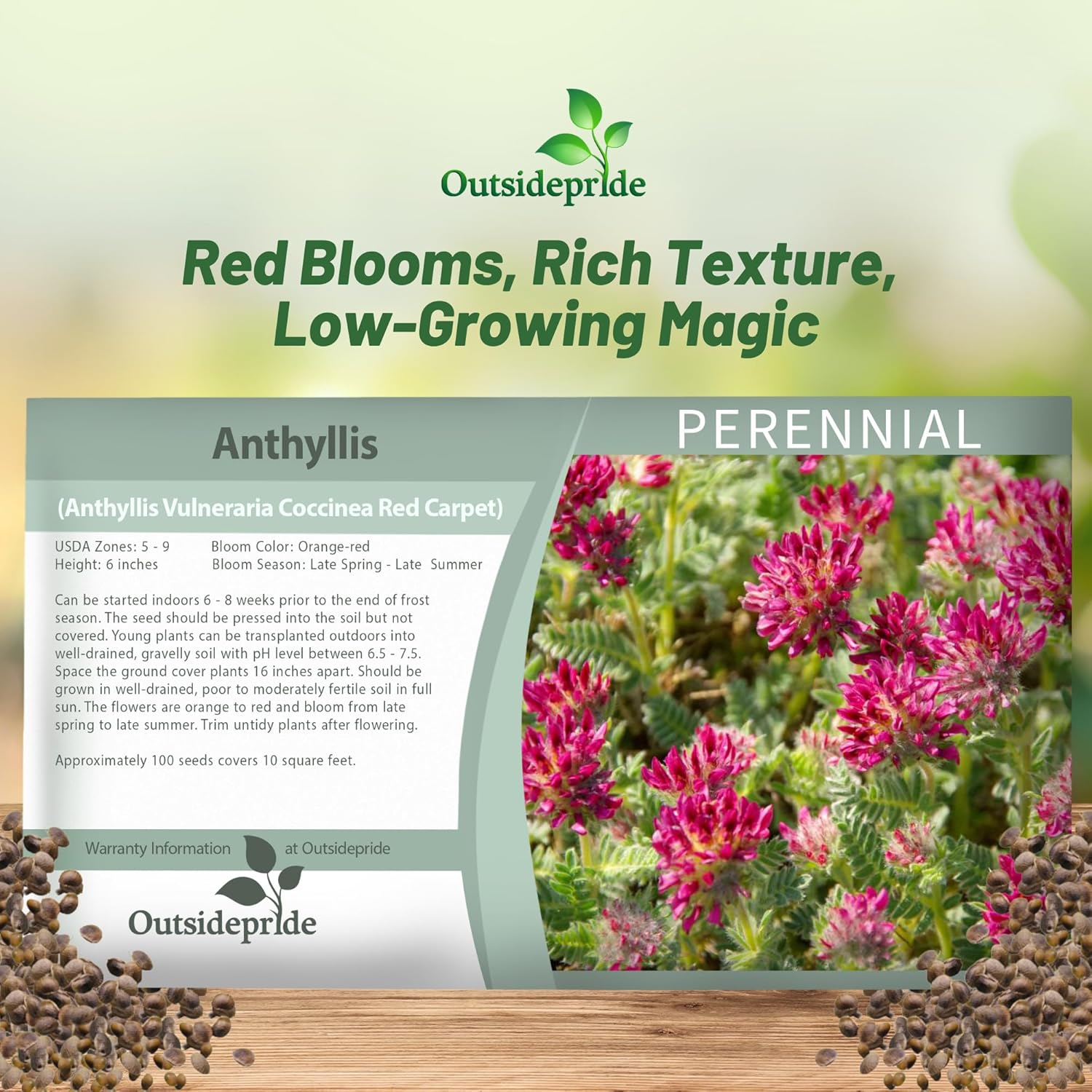

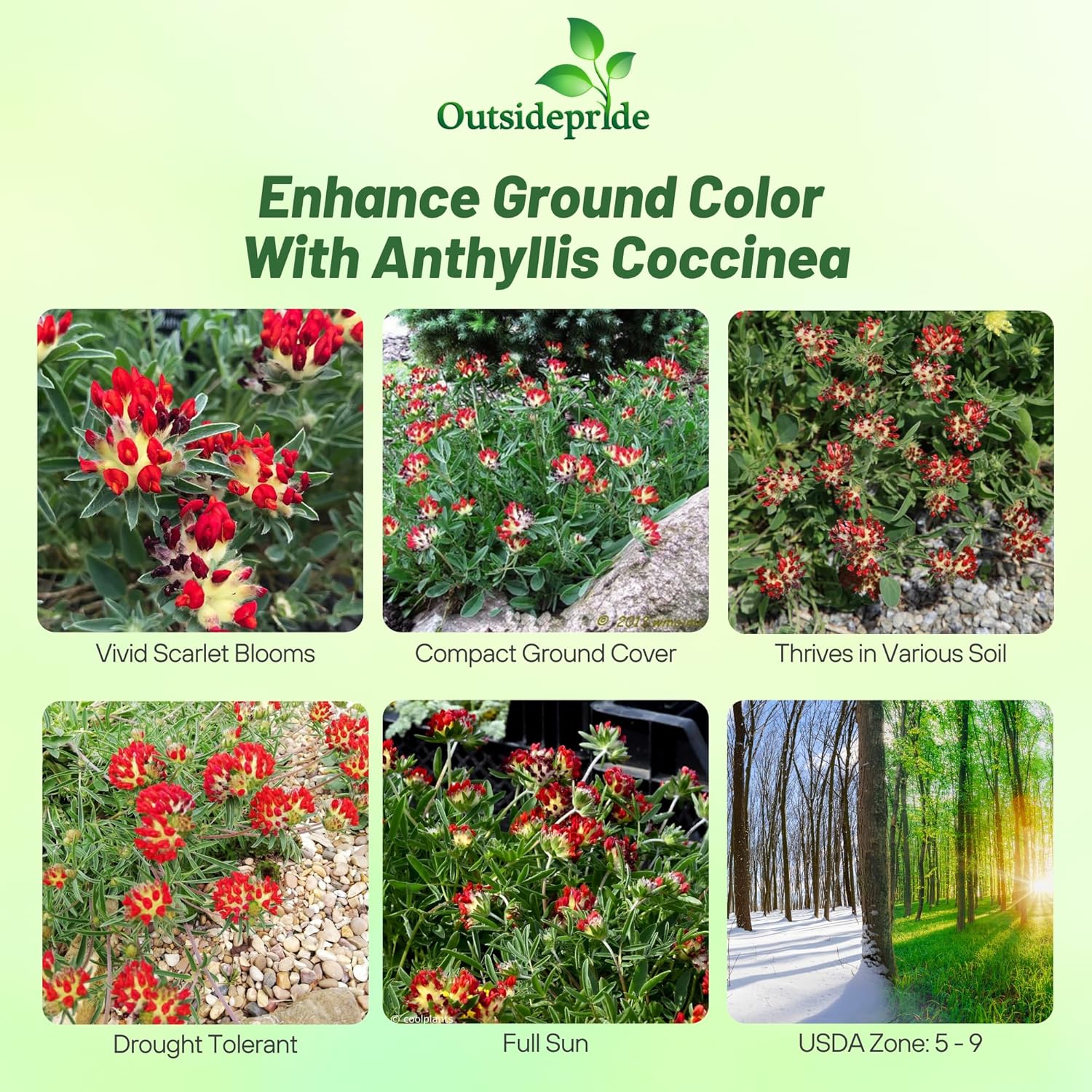
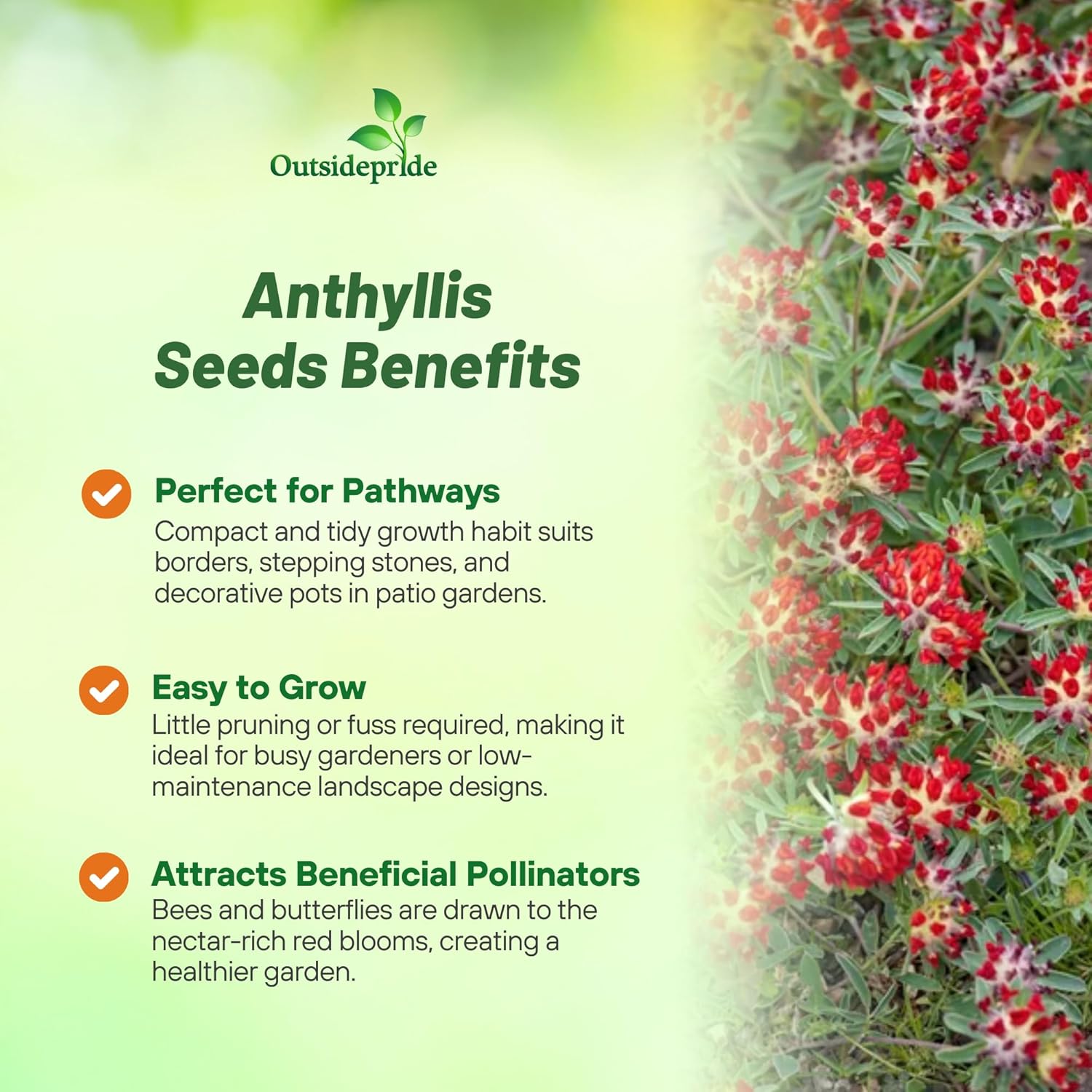

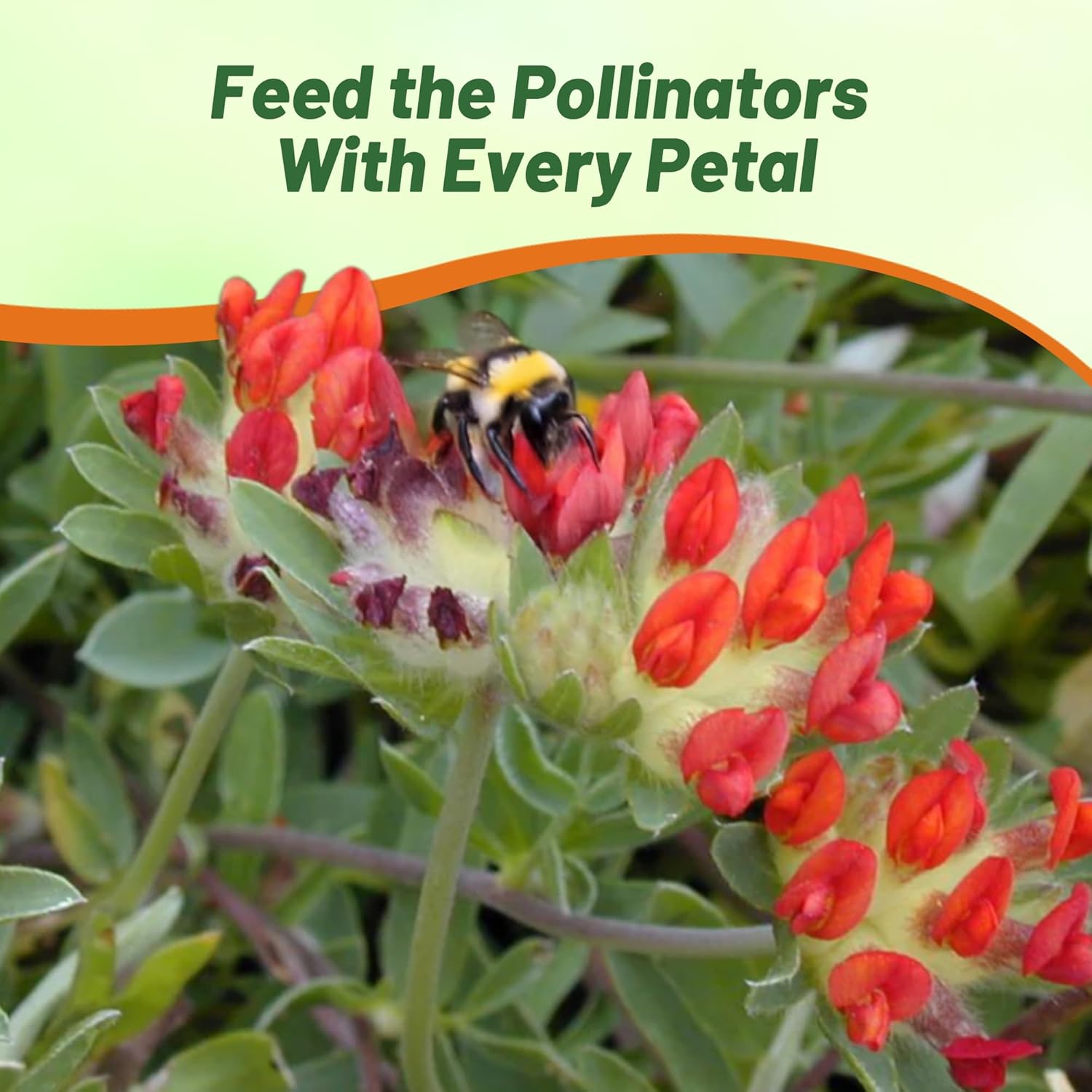
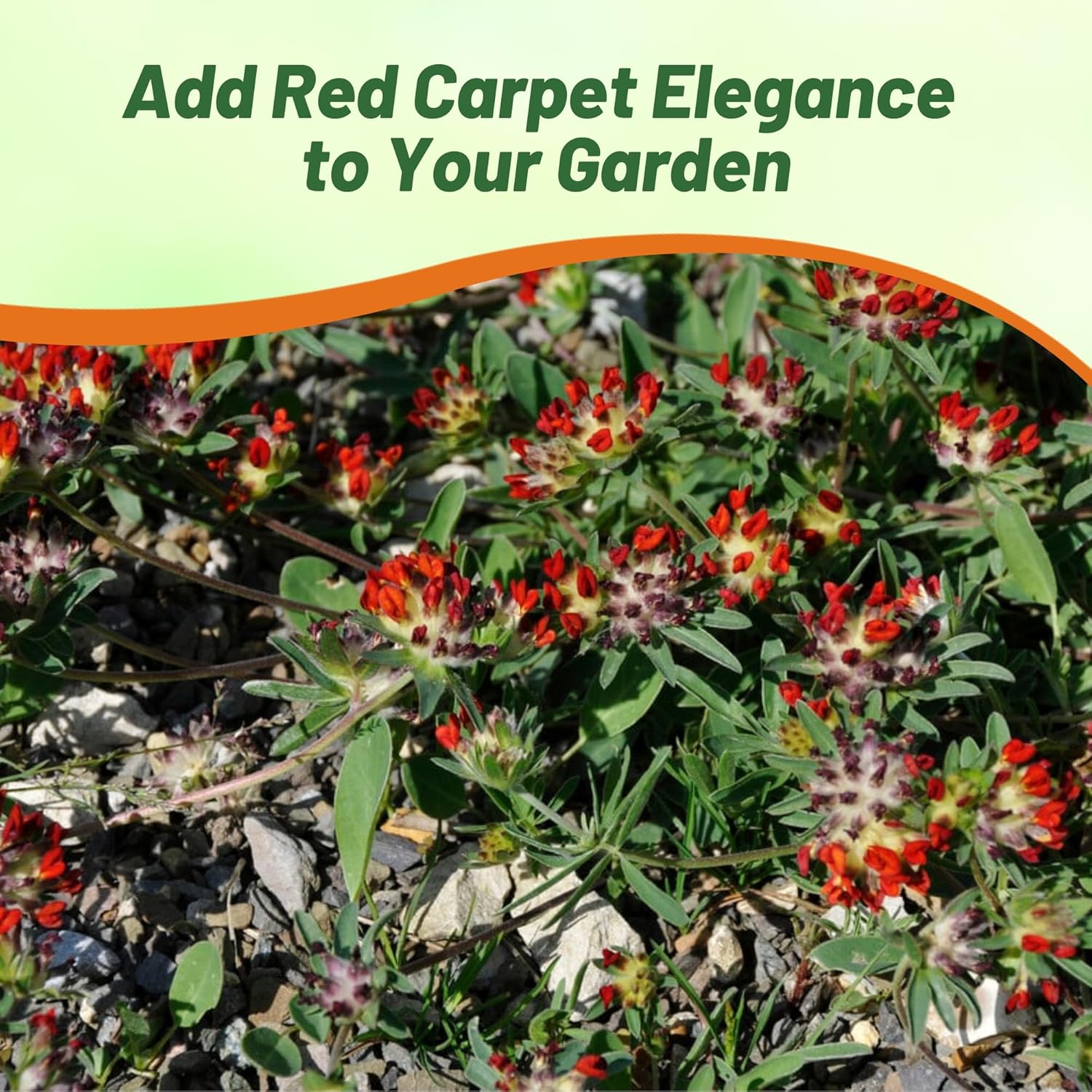

Anthyllis Seeds
SEASON
Perennial
USDA ZONES
5 - 11
HEIGHT
6 - 12 inches
WIDTH
12 - 24 inches
FOLIAGE COLOR
Green
FLOWER COLOR
Blue
FALL COLOR
Foliage may turn brown with cold winters
SOIL REQUIREMENT
Average, medium, well-drained soil
ENVIRONMENT
Full sun to partial shade
DEER RESISTANT
Yes
MOISTURE REQUIREMENTS
Requires weekly watering during extreme heat for first year
LATIN NAME
Liriope muscari
About...
Anthyllis (Anthyllis Vulneraria Coccinea Red Carpet) - Anthyllis seeds produce low-growing plants that grow to only 6 inches in height. This ground cover plant has a bluish-green foliage and orange-red flowers that begin blooming in the late spring. It is well-suited for rock gardens or is suitable for a ground cover in a sunny location.
MORE GROUND COVER OPTIONS
Planting Directions
TEMPERATURE
64 - 72F
AVERAGE GERM TIME
14 - 28 days
LIGHT REQUIRED
Yes
DEPTH
Do not cover the seed but tightly press into the soil
SOWING RATE
3 - 4 seeds per cell or approximately 100 seeds covers 10 square feet.
MOISTURE
Keep seed in constant moisture (not wet)
SPACING
16 inches
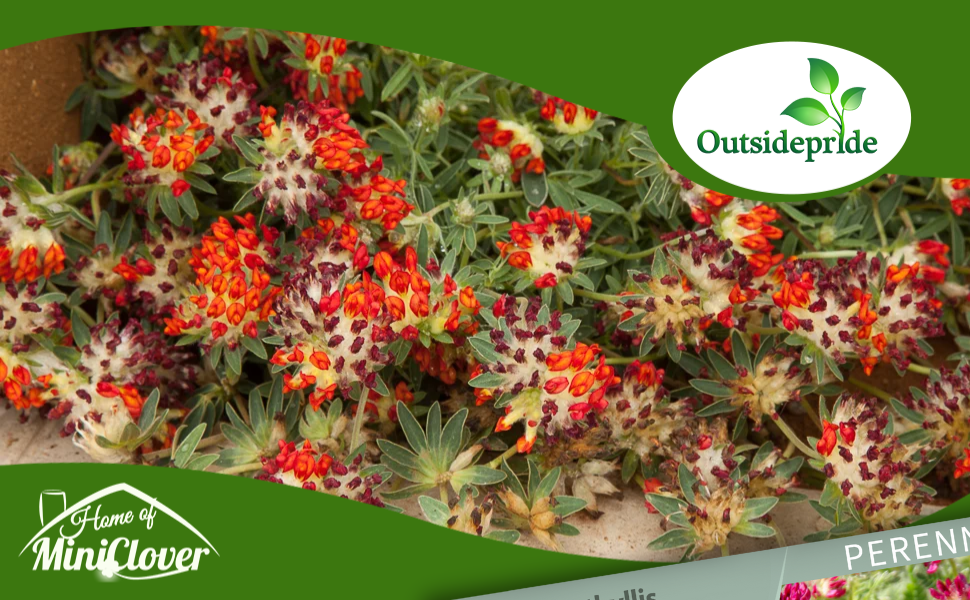
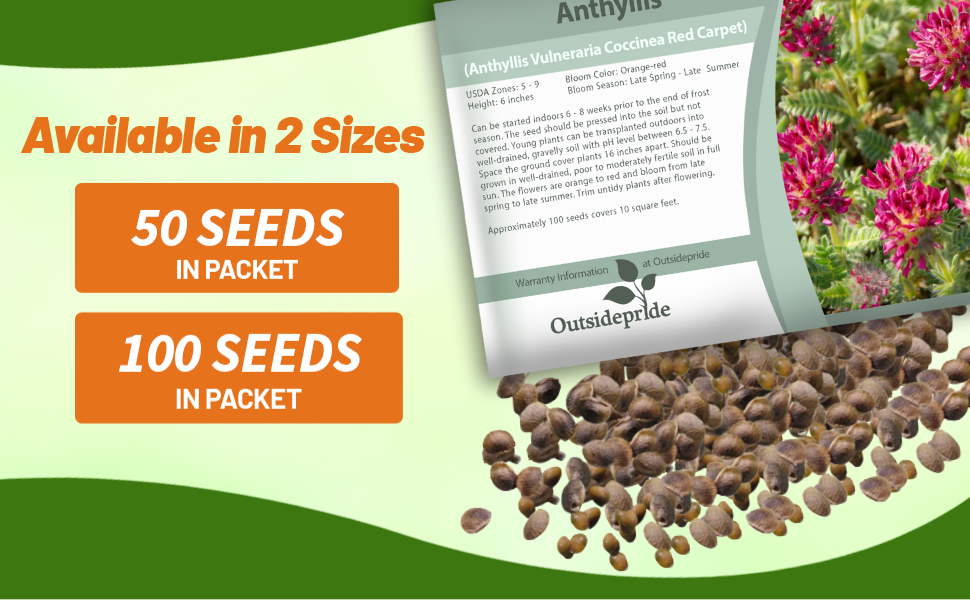
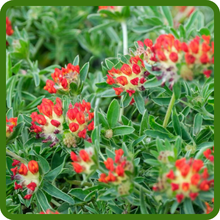

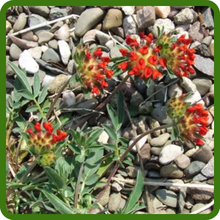
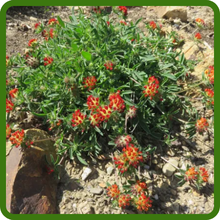
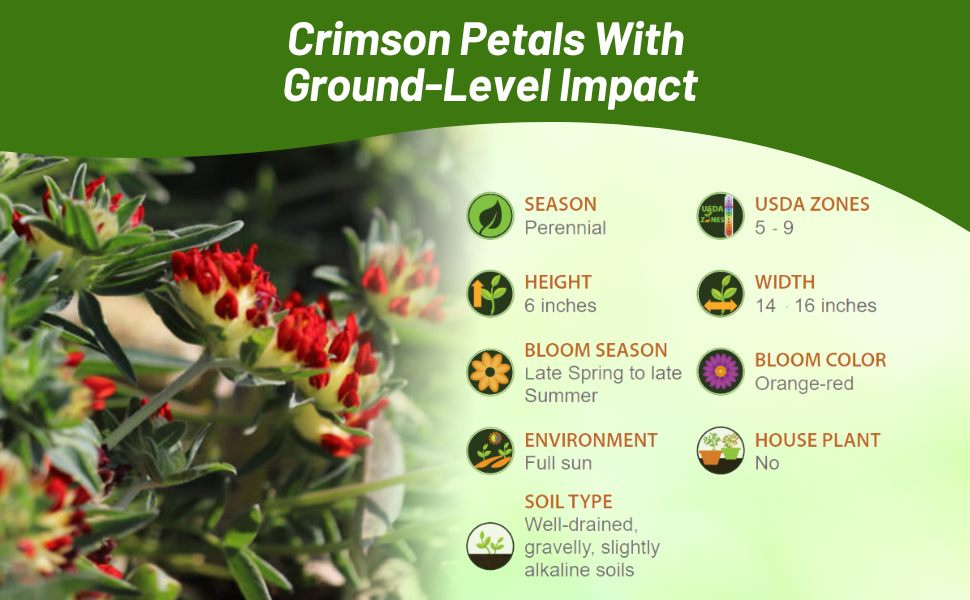
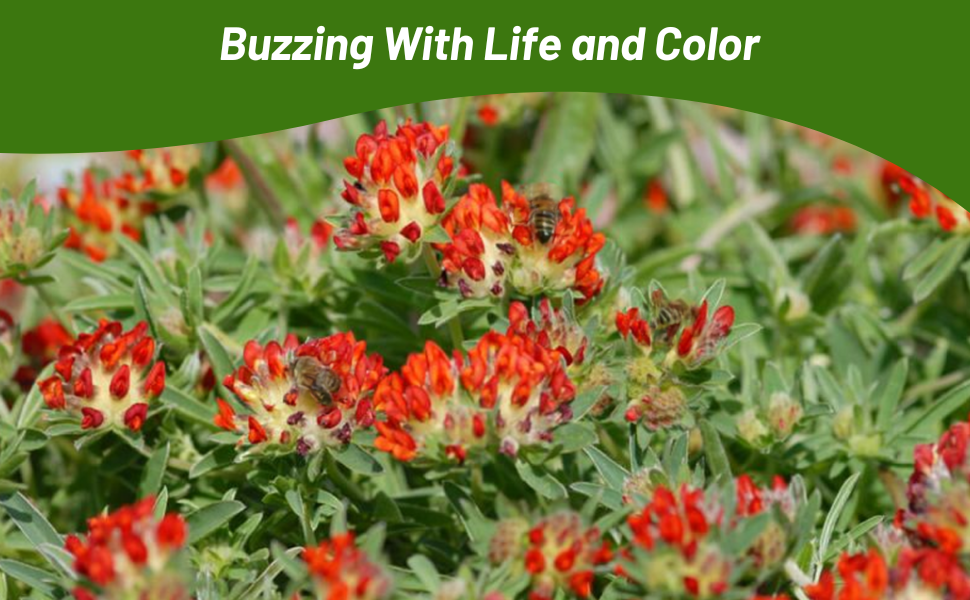
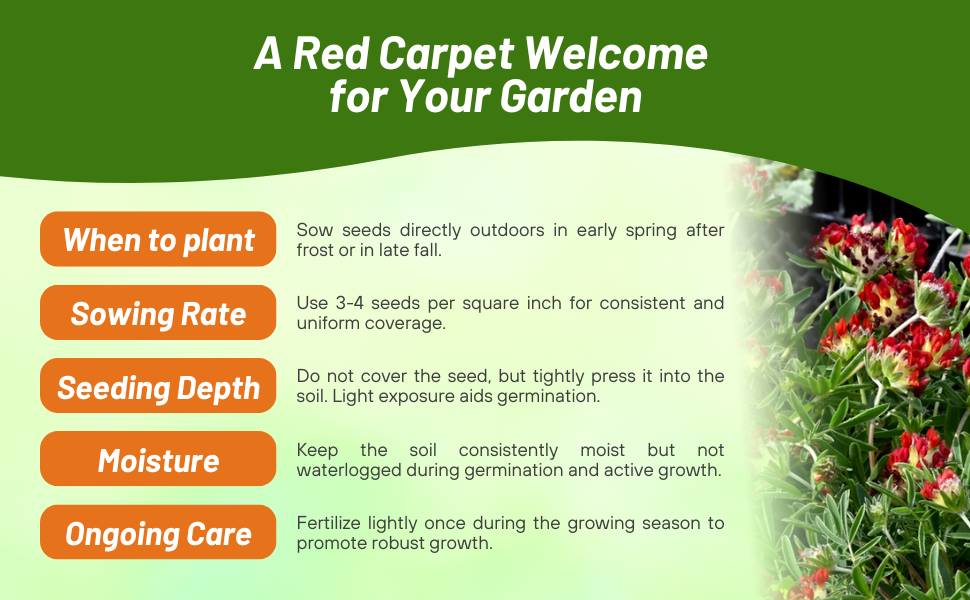
Anthyllis (Anthyllis Vulneraria Coccinea Red Carpet) - Anthyllis seeds produce low-growing plants that grow to only 6 inches in height. This ground cover plant has a bluish-green foliage and orange-red flowers that begin blooming in the late spring. Anthyllis Vulneraria Coccinea Red Carpet is a lovely flowering, low-growing plant that is is a great source of food and nectar for bees, caterpillars, and butterflies!
Common Questions
What are different ways this plant is used in the landscape?
Anthyllis is used for rock gardens, as a ground cover, seaside gardens, in between paving stones or as edging plants for borders.
Do I need to prune my plants at the end of the flowering season?
Yes, to maintain healthy and tidy plants you will want to trim back plants after bloom season has ended.
Can I grow in containers?
Yes, Anthyllis will grow in containers.
Will flowers attract any pollinators to my garden?
Yes, this flower attracts bees and butterflies.
Will deer eat my plants?
No, deer tend to avoid these plants.
Planting Directions
TEMPERATURE
70F
AVERAGE GERM TIME
28 - 56 days
LIGHT REQUIRED
Yes
DEPTH
1/16 inch
SOWING RATE
5 seeds per plant
MOISTURE
Keep moist until germination
PLANT SPACING
18 inches
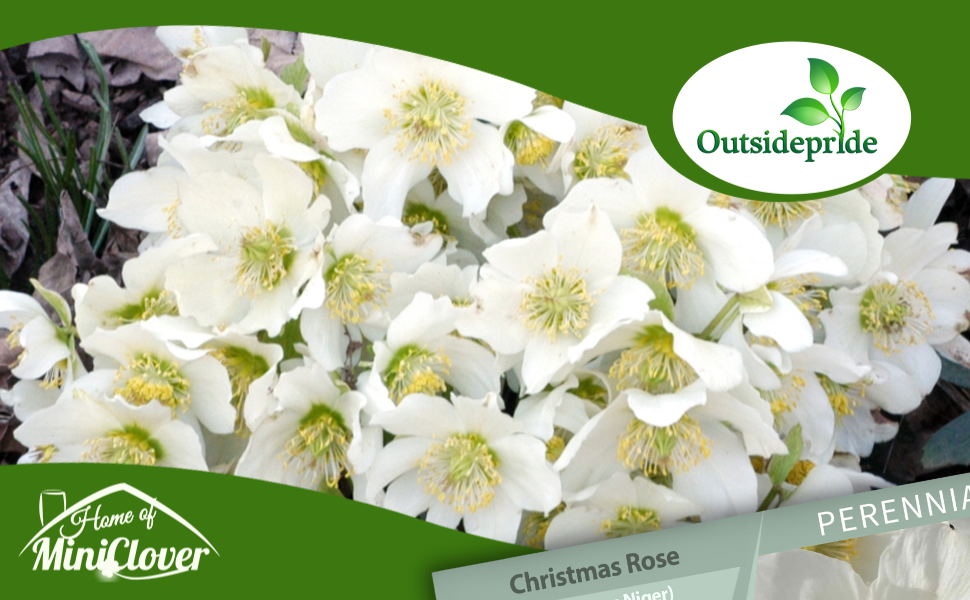
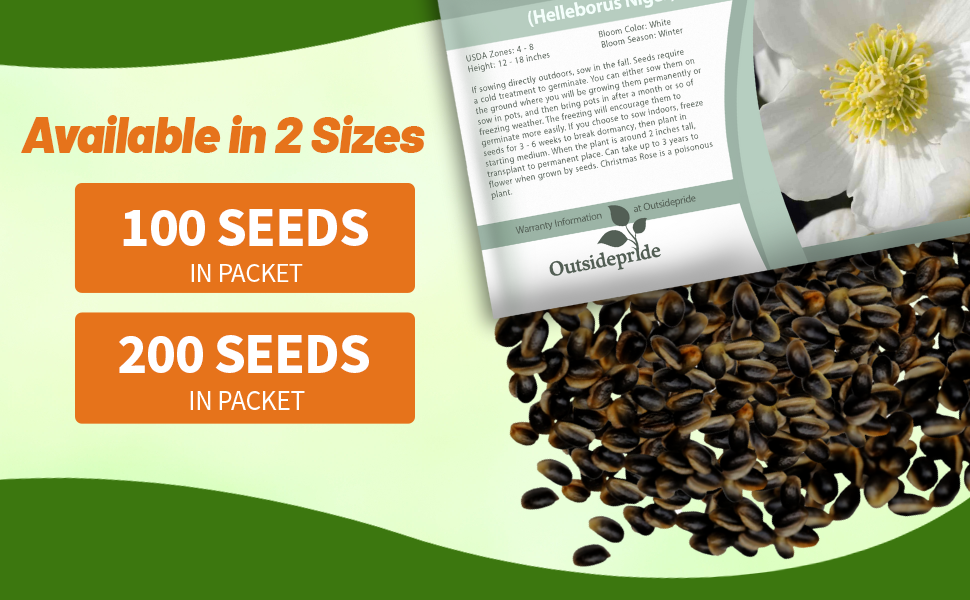
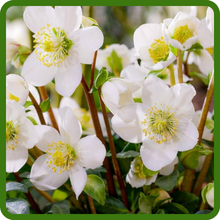
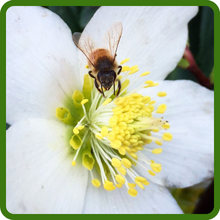
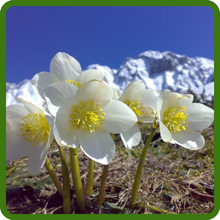
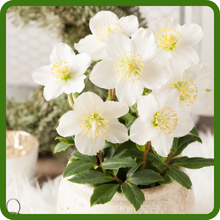
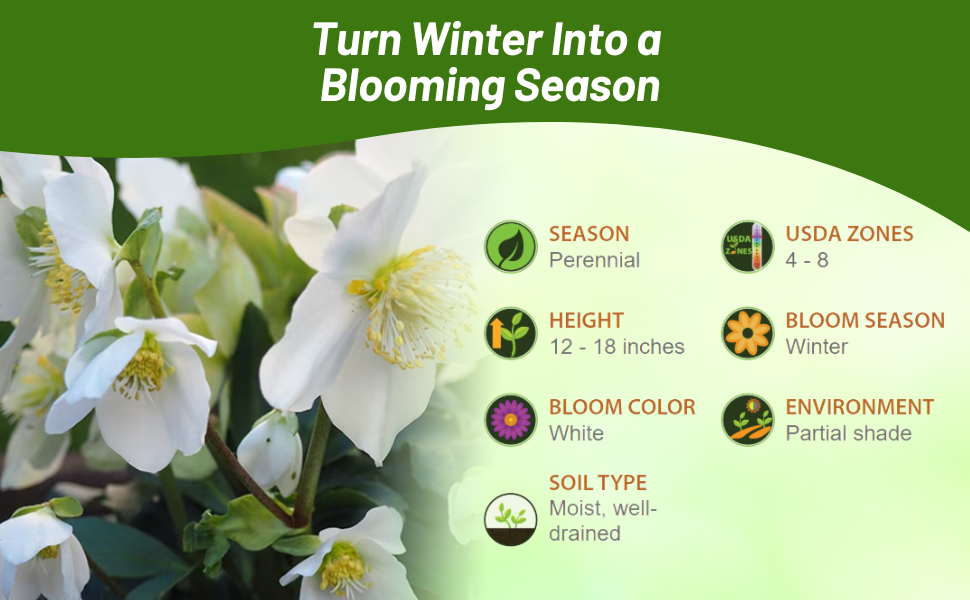

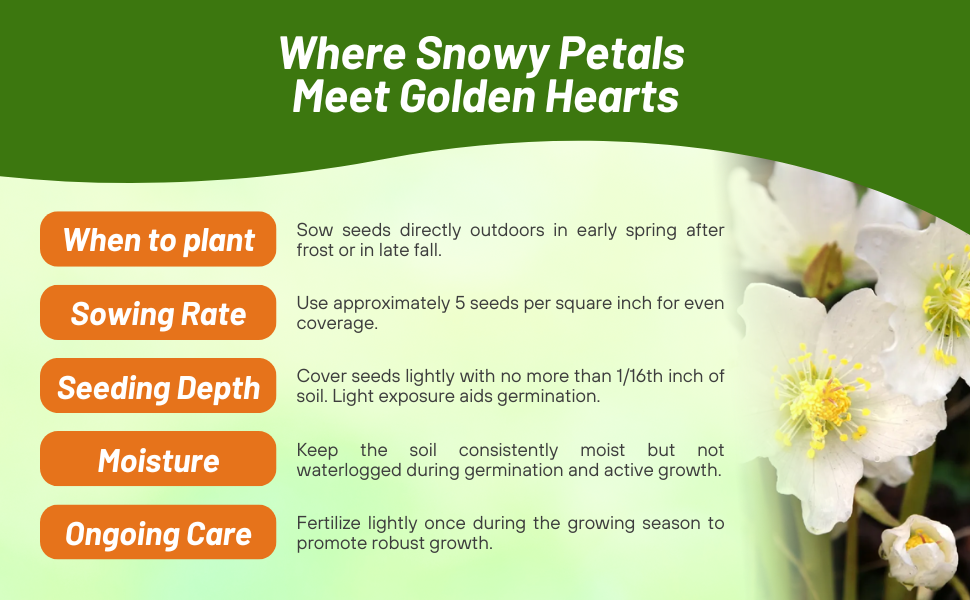
Christmas Rose (Helleborus Niger) - Christmas Rose seeds can be started to grow this unique ornamental that blooms in the winter. Helleborus Niger Christmas Rose has a rugged, coarse-textured, leathery, shiny green foliage that remains attractive year-round. The plant is stemless, herbaceous and can be used as a ground cover that reaches 12 - 18 inches tall and spreads about the same across.
Common Questions
Why is it called a Christmas rose?
Originally native to mountainous central Europe, Helleborus niger is commonly known as the "Christmas rose" because it flowers during the winter, typically around Christmastime in mild climates. According to old folklore, it was believed to have emerged in the snow, said to have grown from the tears of a young girl who had no gift to present to Christ in Bethlehem.
Will plants return each year?
Christmas roses are a perennial and will come back every year after dormancy when planted in the correct hardiness zones.
Where do Christmas roses grow best?
The Christmas rose thrives when planted beneath a deciduous tree. This positioning provides the ideal shade in summer and the necessary sunlight in winter. Selecting the right location with proper drainage, neutral to alkaline soil, and suitable lighting is crucial for maintaining healthy evergreen leaves and preventing crown rot disease.
Planting Directions
TEMPERATURE
64 - 72F
AVERAGE GERM TIME
14 - 28 days
LIGHT REQUIRED
Yes
DEPTH
Surface sow seed and press firmly into soil
SOWING RATE
2 seeds per cell or approximately 1000 seeds covers 20 square feet
MOISTURE
Keep seed in constant moisture (not wet)
SPACING
3 - 6 inches
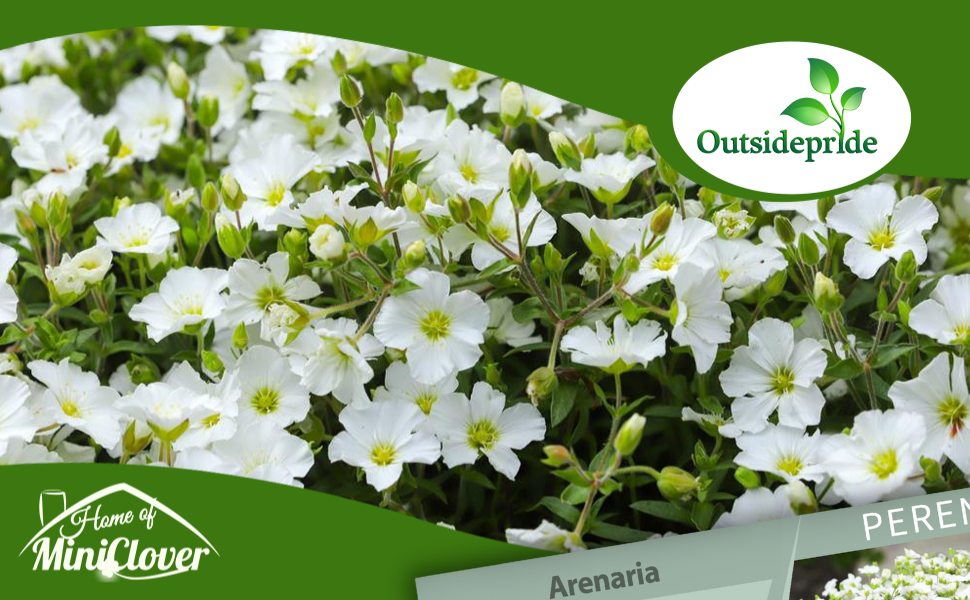
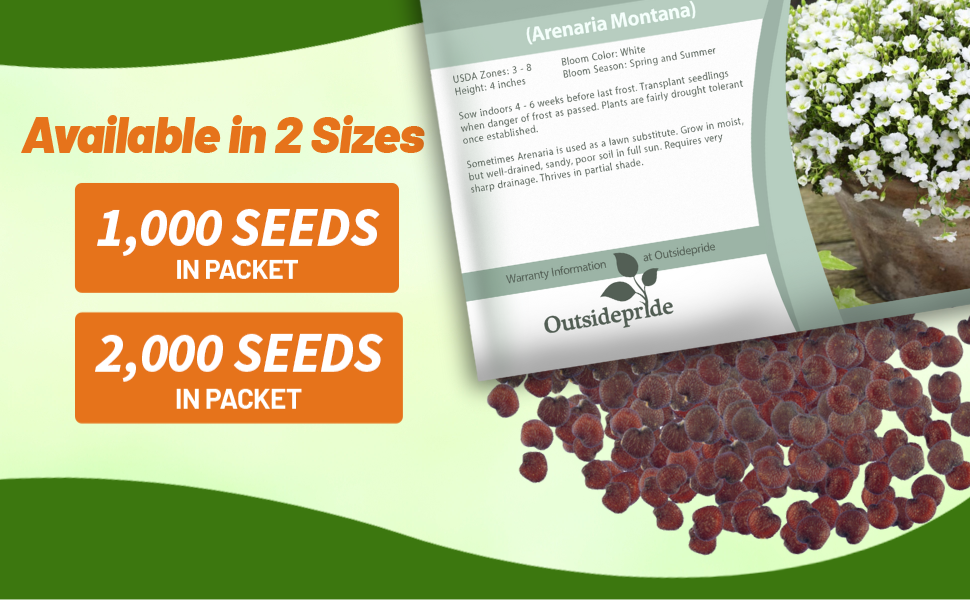
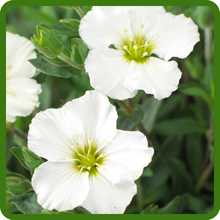
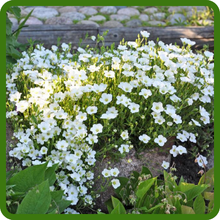
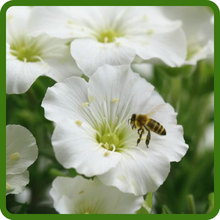
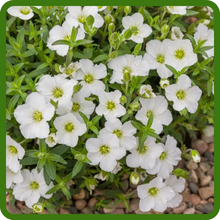
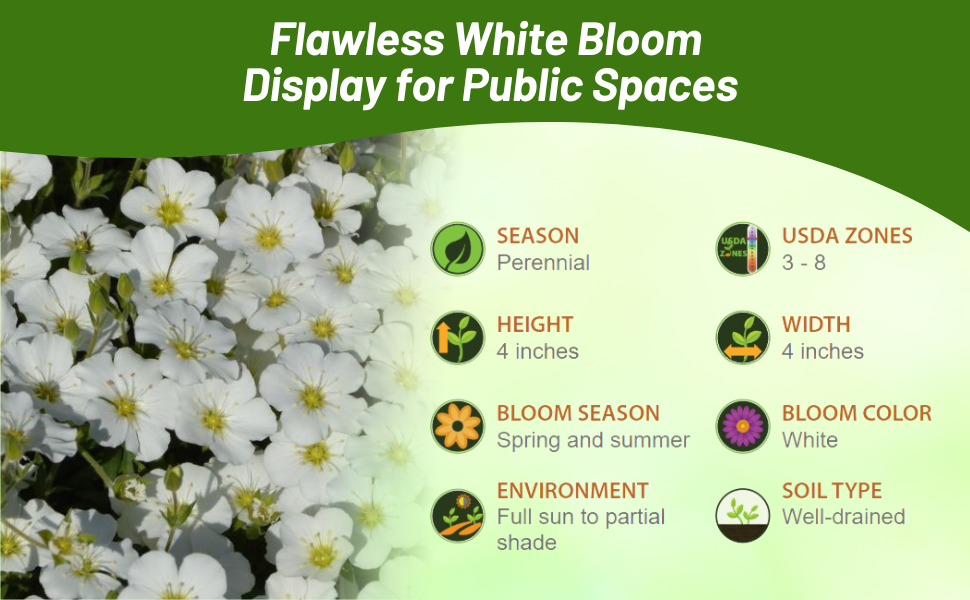
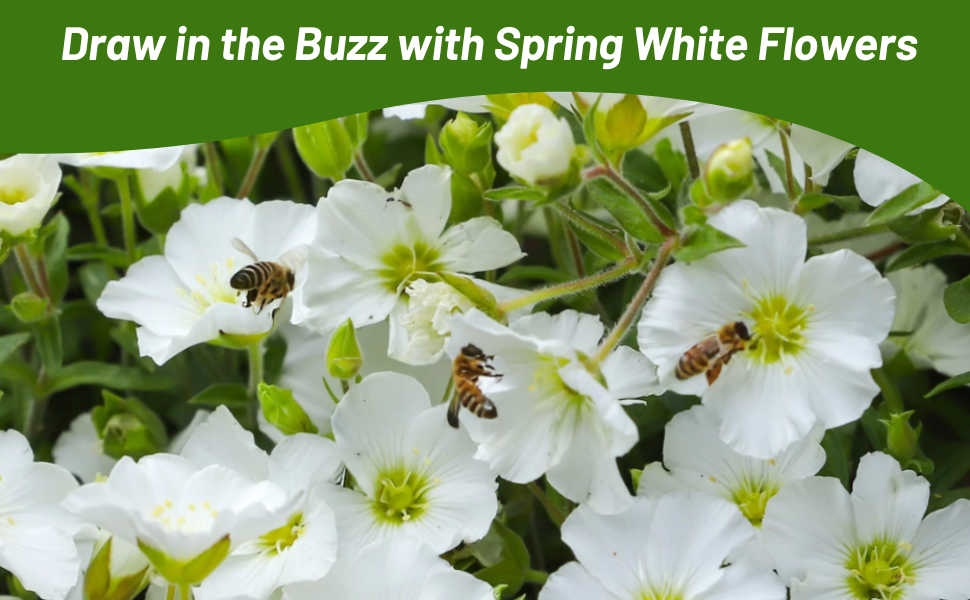
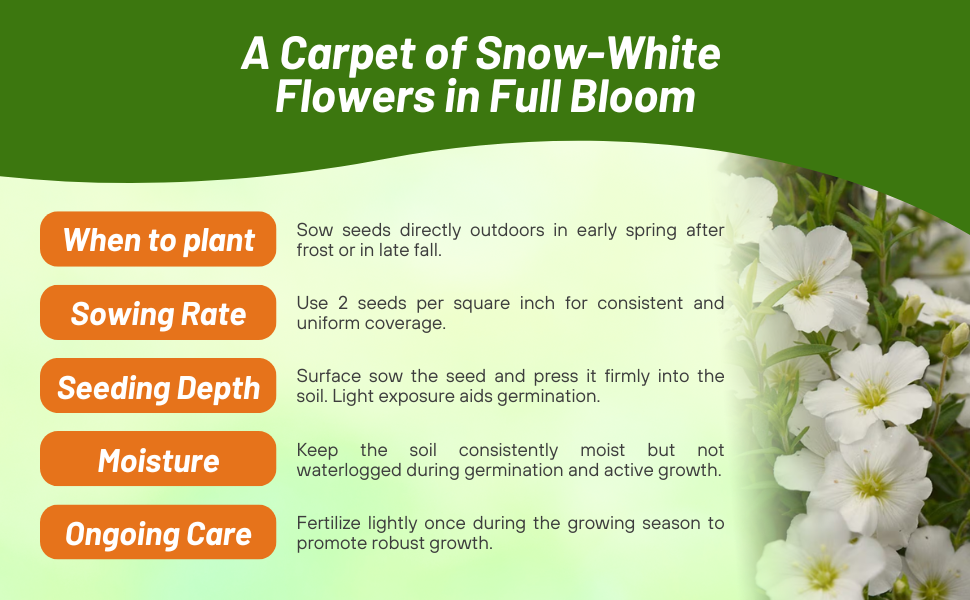
Arenaria (Arenaria Montana) - Establish this evergreen, low-growing, vigorous perennial with Arenaria Montana seeds. Arenaria Montana is a treasured alpine or xeriscape rock garden plant.
Common Questions
What are the common ways these plants are used in a landscape?
These plants are great for rock gardens, edging paths, between flagstones, on walls, or in containers.
What are some common companion plants?
Plants such as heuchera, alyssum and ajuga make great companion plants.
Are plants deer resistant?
Yes, deer tend to avoid these plants.
Planting Directions
TEMPERATURE
68F
AVERAGE GERM TIME
14 - 21 days
LIGHT REQUIRED
Yes
DEPTH
Cover the seeds with fine grit or compost to approximately their own depth
SOIL TYPE
Average to sandy well drained soils
SOWING RATE
4 - 5 seeds per plant
MOISTURE
Keep seeds moist until germination
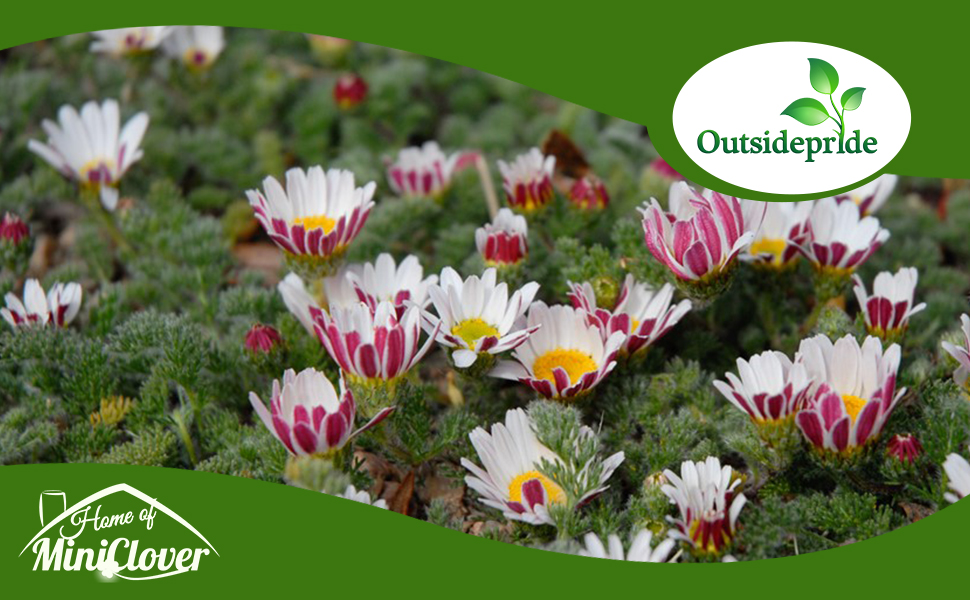
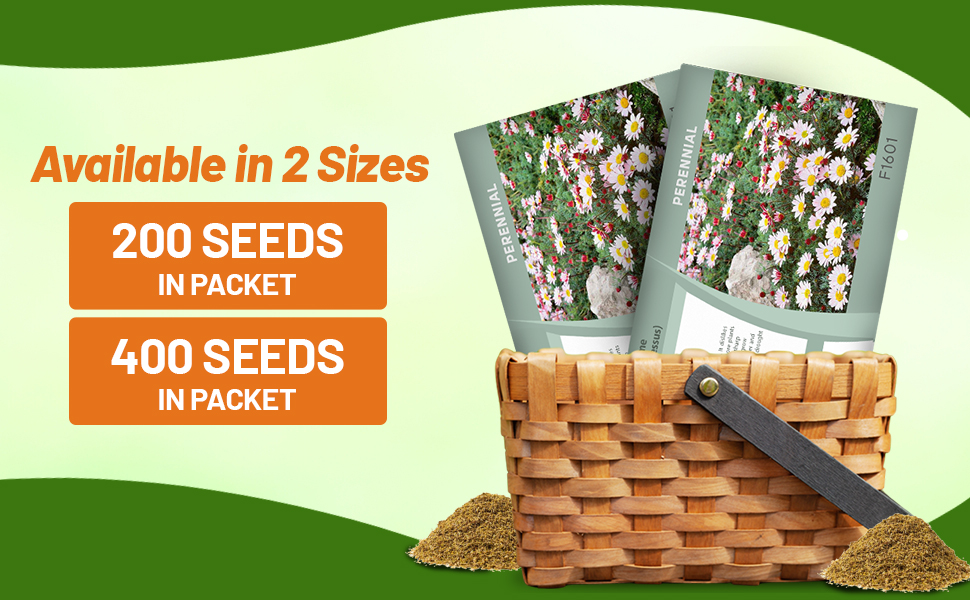
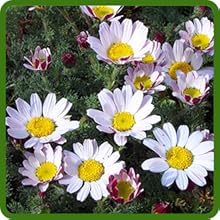
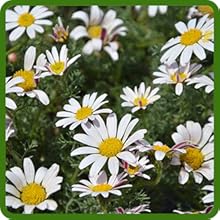
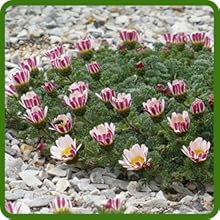
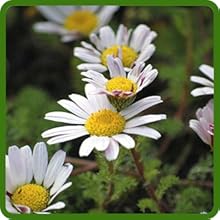
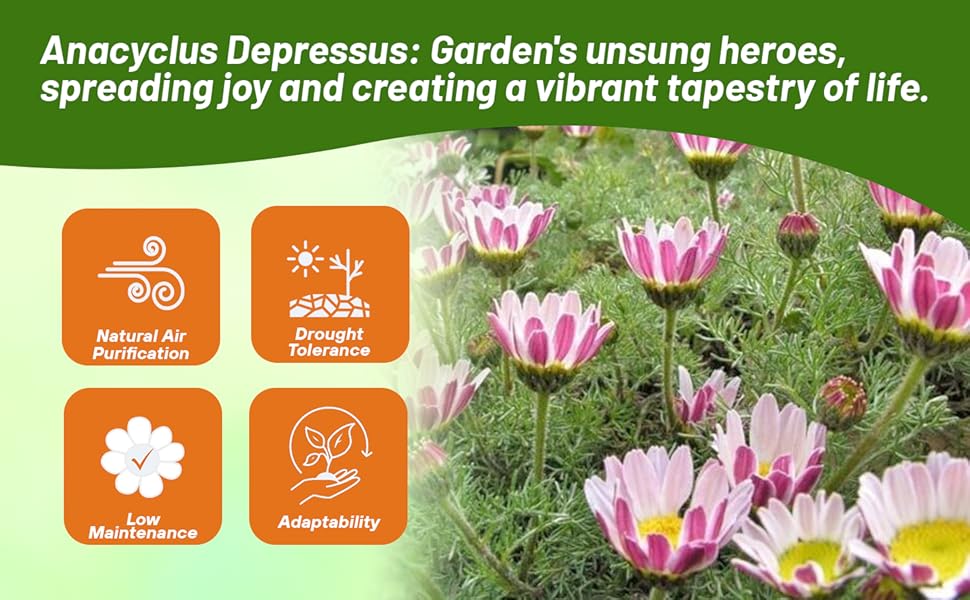
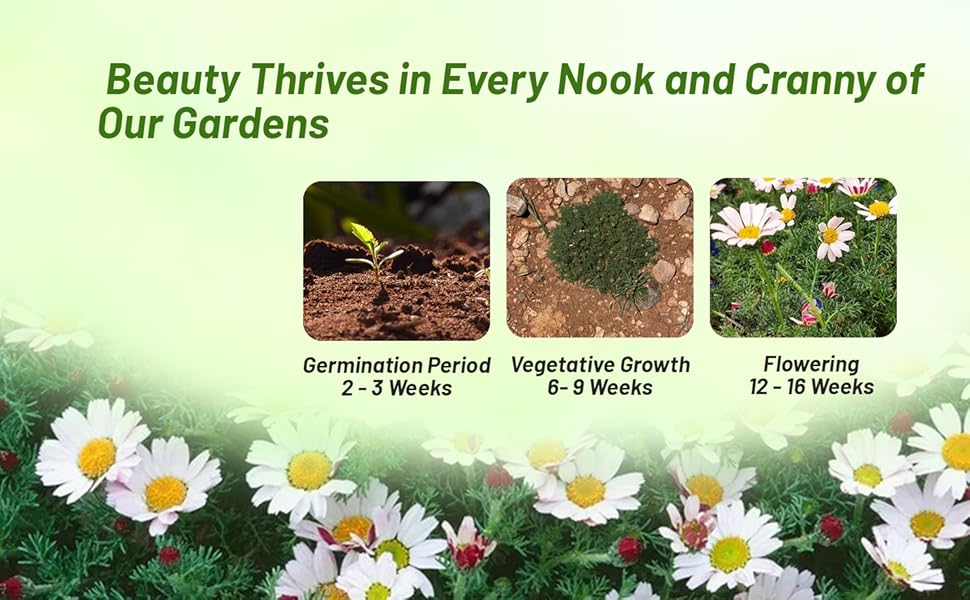

Garden Gnome (Anacyclus depressus) - If you are looking for a unique, beautiful, mat forming ground cover then look no further then Garden Gnome ground cover plants only growing 4 - 6 inches tall. Also known as Mt. Atlas Daisy, Carpet Daisy, and Spanish Chamomile. Finely cut, green, fern-like leaves provide attractive folaige after the spring bloom of these daisy-like white blooms with petals often tipped crimson. Garden gnome will bloom all summer and best of all they hardly require any water as they are drought tolerant plants suitable for xeriscaping.
The flowers close at dusk and reopen in the morning on this mat-like ground cover from the mountainous northwestern corner of Africa. The green feathery fern-like foliage is beautiful in unto to itself and is a perfect backdrop to the closed flowerheads showing the red side of their petals. This rock garden plant prefers light to medium soils with good drainage. It dislikes excessive humidity. Let the seeds drop for even more plants next year or divide plant in Spring and split with a sharp spade. No pruning or fall care required for this low maintenace ground cover plant.
Common Questions
Do I need to deadhead my flowers?
Yes, deadheading your spent blooms will prolong your bloom season.
What are some areas of the garden these flowers are used?
These flowers make wonderful additions to rock gardens, gaps in stone walls or along a border edge.
Planting Directions
TEMPERATURE
65 - 70F
AVERAGE GERM TIME
5 - 7 days
LIGHT REQUIRED
No
DEPTH
Cover pellet with no more than the thickness of the pellet
SOIL TYPE
Moist soils with pH between 5.8 - 6.2
SOWING RATE
1 pellet per plant
MOISTURE
Keep seeds moist until germination and plants somewhat moist at all times.


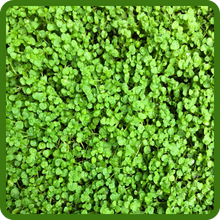
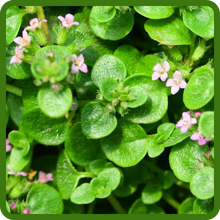
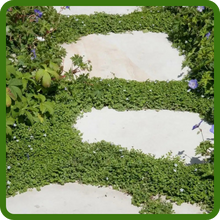
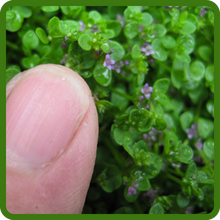
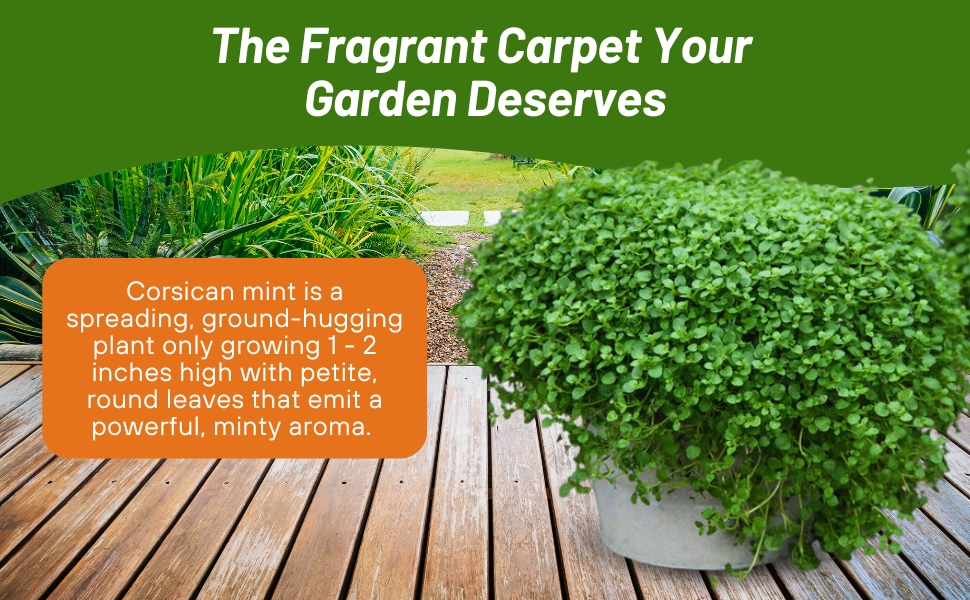
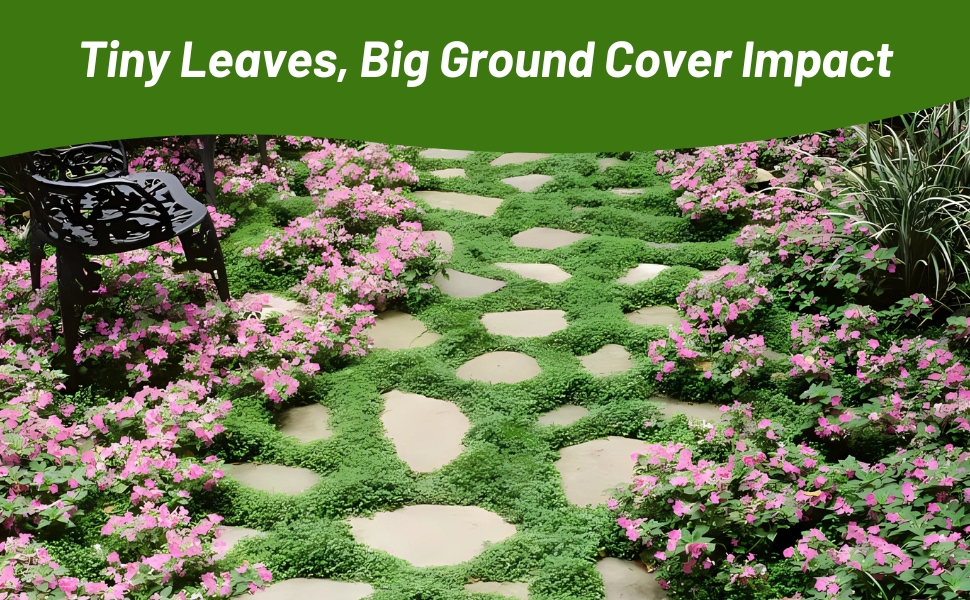
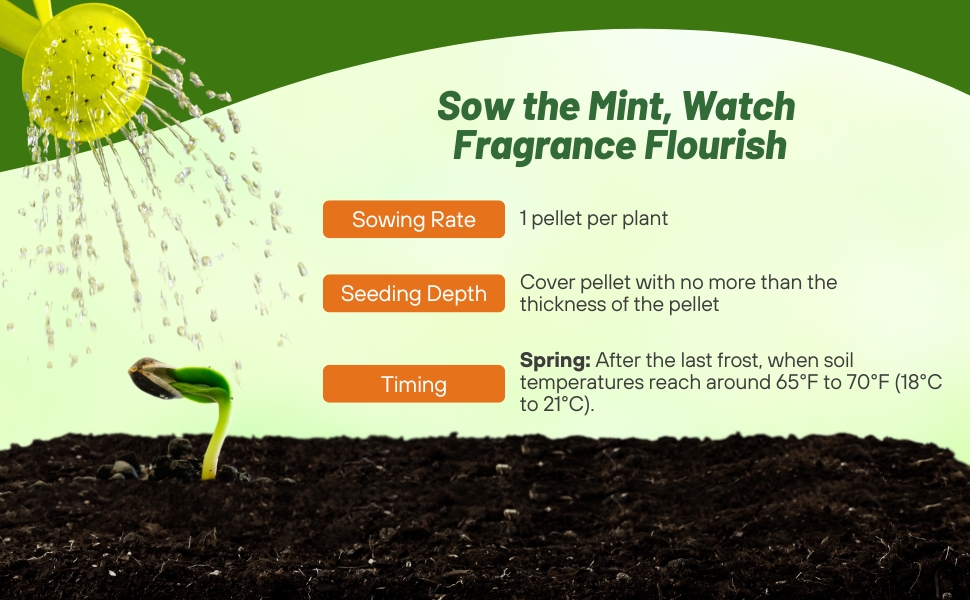
Corsican Mini Ornamental Mint (Mentha requienii) - Corsican mint is a spreading, ground-hugging plant only growing 1 - 2 inches high with petite, round leaves that emit a powerful, minty aroma. Also known as creeping mint, it spreads up to 1 foot wide by narrow stems that take root as they grow. Corsican mint can be somewhat finicky, especially when it comes to irrigation. These plants don’t tolerate drought, which means the soil should be kept consistently moist but not soggy.
Common Questions
What are some different ways to use this herb in my landscape?
This low growing herb is great for containers, ground cover and around stepping stones.
Will deer eat my plants?
No, deer avoid these plants.
Do plants have a fragrance?
Yes, these have a lovely peppermint smell.
Planting Directions
TEMPERATURE
68F
AVERAGE GERM TIME
21 - 35 days
LIGHT REQUIRED
No
DEPTH
1/4 inch
SOIL TYPE
Well drained soil with pH 5.5 or greater
SOWING RATE
1 lb per 1,000 square feet
MOISTURE
Keep seeds continually moist until germination
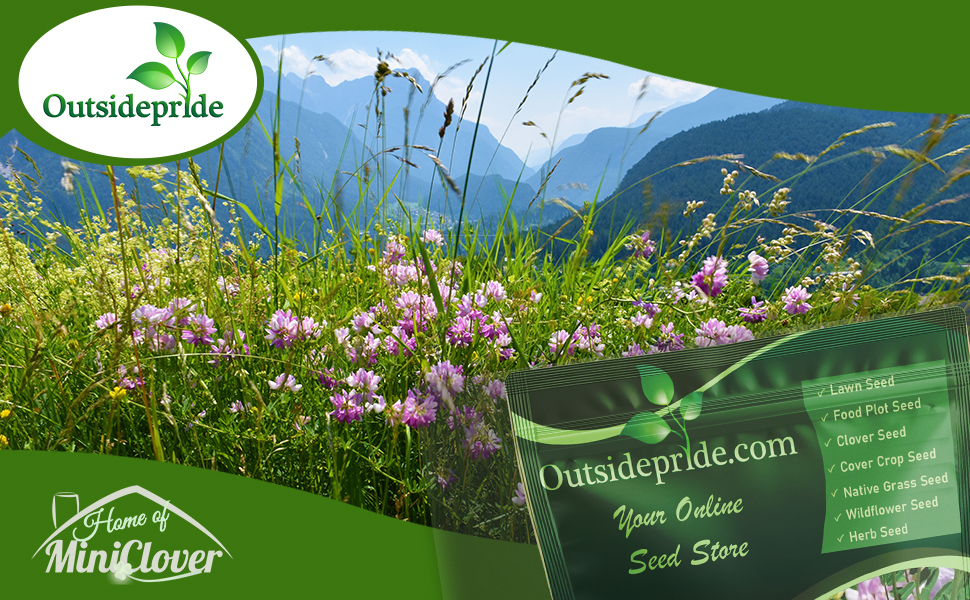
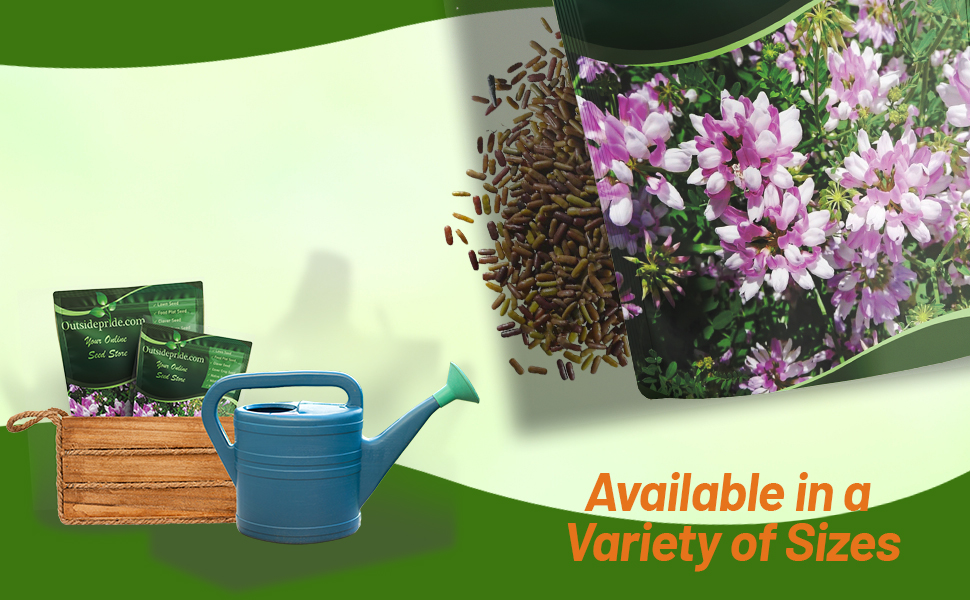
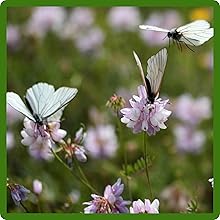
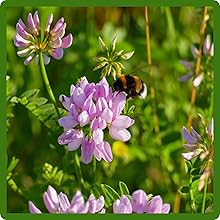
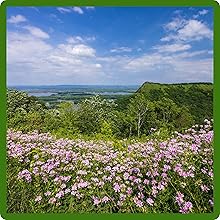
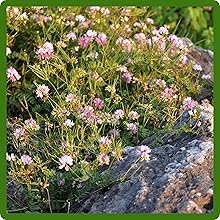

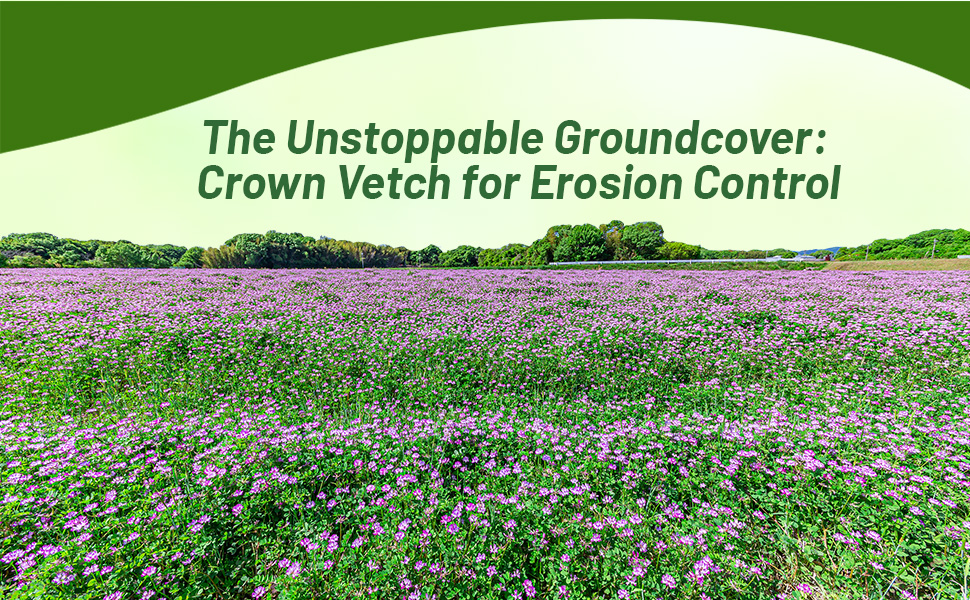
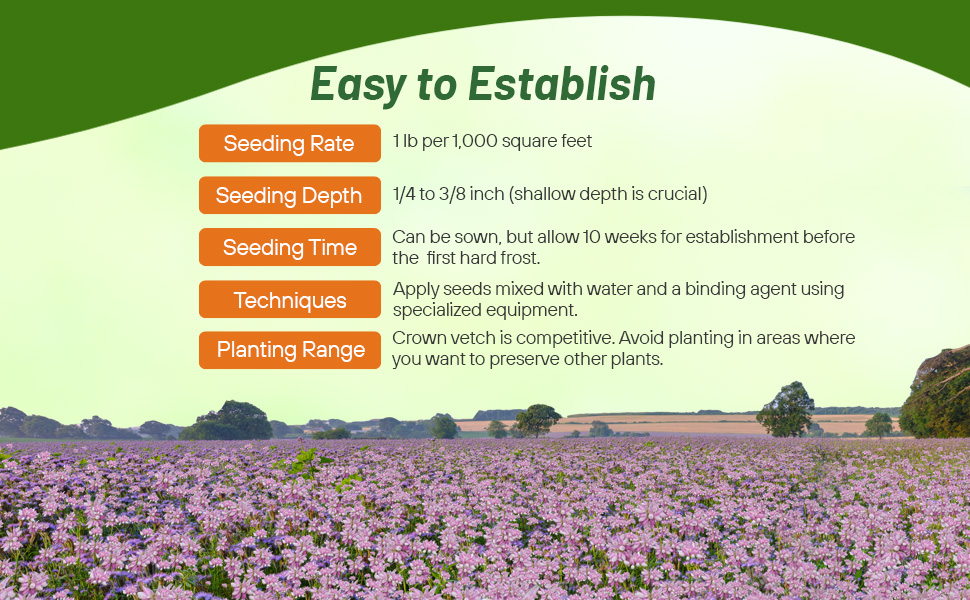
It has moderate shade tolerance, but high drought tolerance. Crown vetch is one of the easiest, fastest, economical and beautiful ways to cover bare ground. You will often see it blooming along the side or center divider of highways, particularly on steep banks or slopes. A superb way to prevent soil erosion, choke out weeds, and beautify the landscape with minimal effort or cost.
Crown vetch quickly spreads by sending out shoots above and below ground getting roots up to 12 inches deep in to time soil permitting. Plants produce billowy, green foliage growing around 20 inches tall with masses of white to pink blooms from June until frost. Dense flowers clustered atop the green foliage makes it an attractive display. Even though each bloom is only 1/2 inch wide, even a small planting creates nearly a solid carpet of pink all summer long!
Planting Directions
TEMPERATURE
55 - 70F
AVERAGE GERM TIME
30 - 42 days
LIGHT REQUIRED
Yes
DEPTH
Surface sow seed and light cover with no more than 1/8 inch topsoil
SOIL TYPE
Well drained moist soil, pH 5.5 to 7.5
SOWING RATE
3 - 4 seeds per plant or 5000 seeds covers 100 square feet
MOISTURE
Keep seeds moist until germination
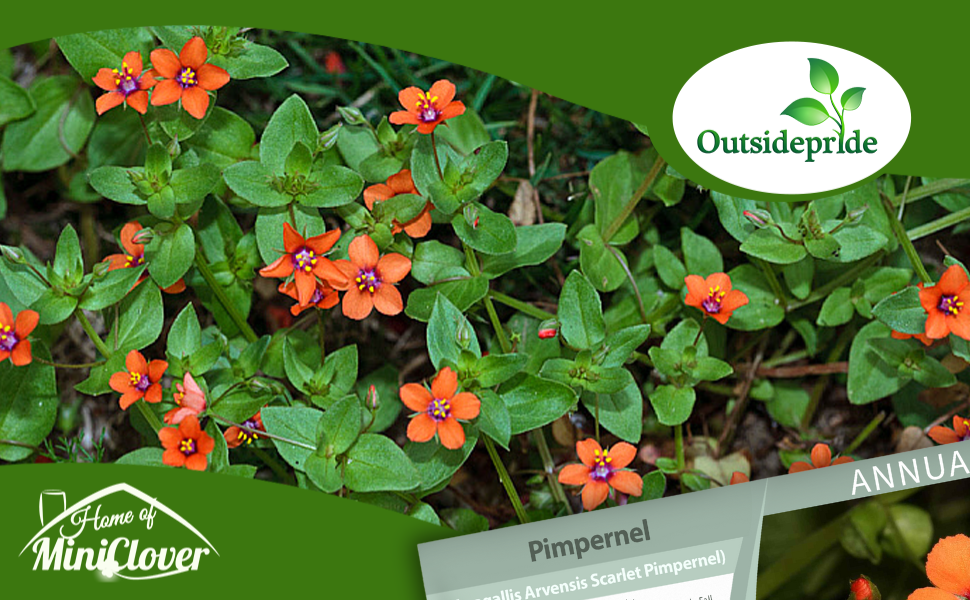
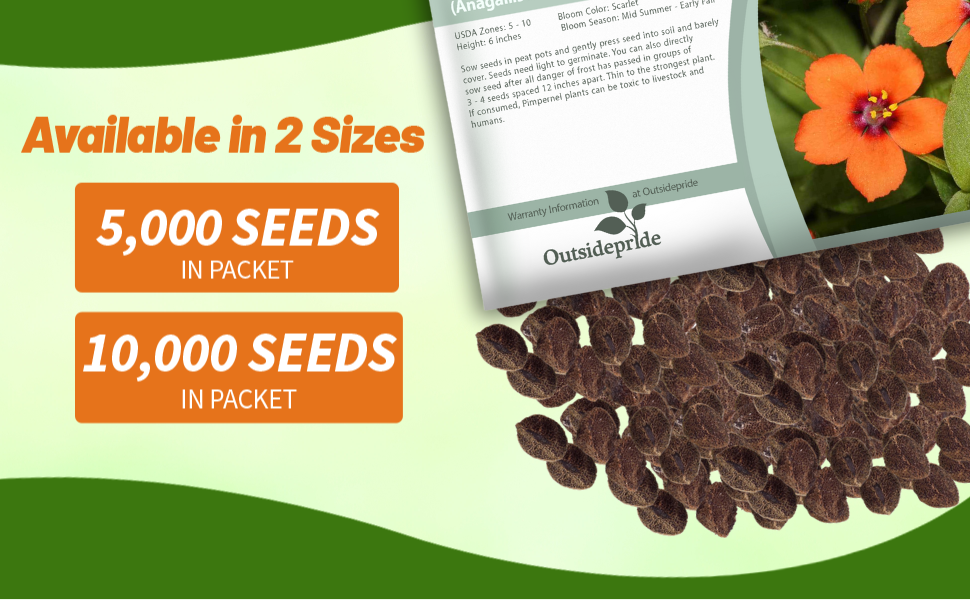
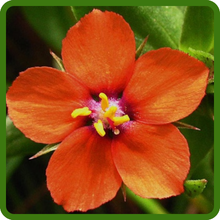
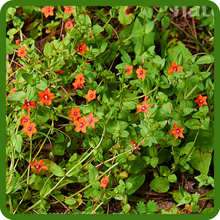
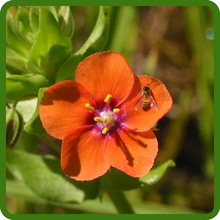
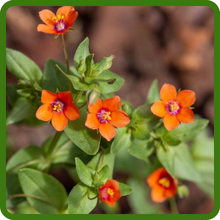
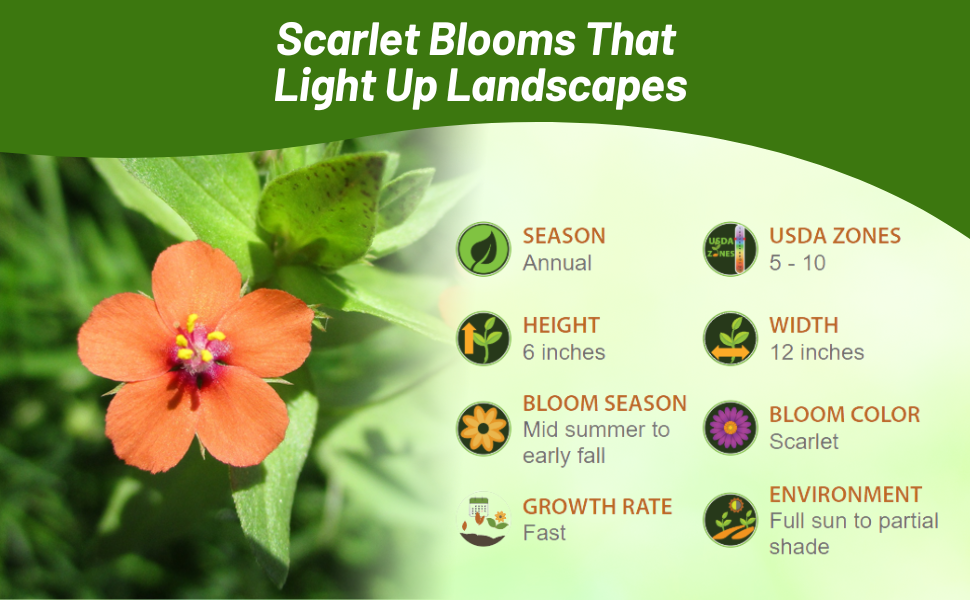
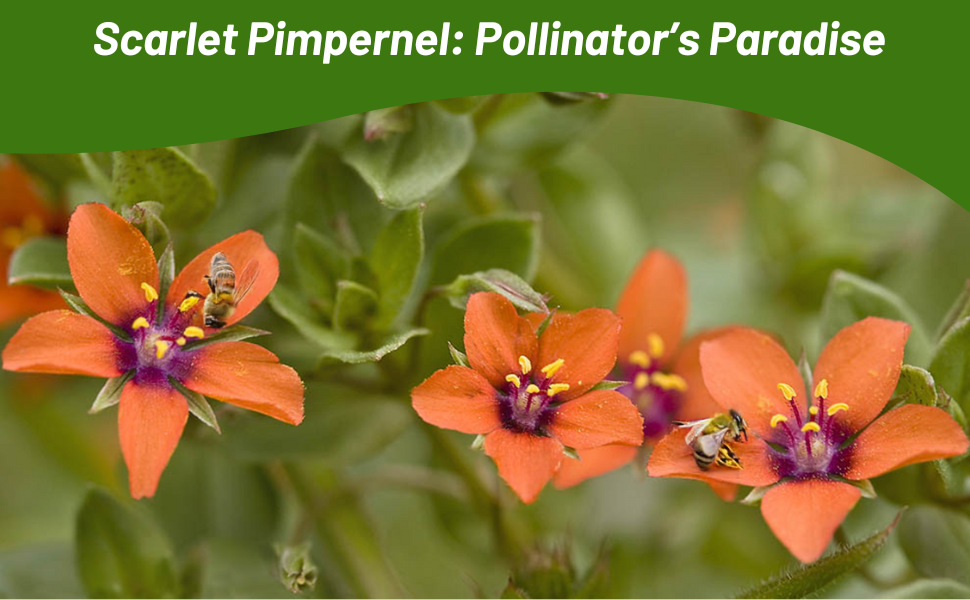
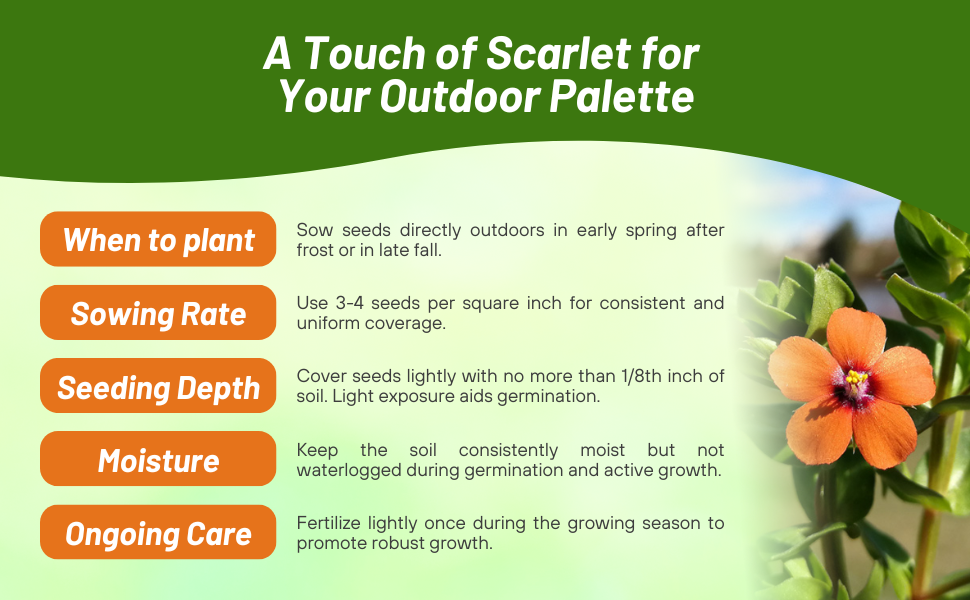
Pimpernel (Anagallis Arvensis Scarlet Pimpernel) - One of our best loved, low-growing wild flowers. The scarlet flowers are star-like and dense. Because of this flower's habit of closing at dusk and before stormy weather, it has also been called Poor Man's Barometer. The abundant red flowers also remain closed in cloudy weather, opening only to the sun.
How To Grow Blue Pimpernel: Sow Pimpernel seeds in peat pots and gently press the ground cover seed into soil and barely cover. Pimpernel seeds need light to germinate. You can also directly sow Anagallis Arvensis seeds after all danger of frost has passed in groups of 3 - 4 seeds spaced 12 inches apart. Thin to the strongest plant. If consumed, Pimpernel ground cover plants can be toxic to livestock and humans.
Common Questions
Are plants toxic for animals?
Yes, these plants are toxic for livestock and domestic animals IE horses, sheep, cattle, birds, dogs, pigs, and humans.
Planting Directions
TEMPERATURE
Sow at max 41F - germination irregular
AVERAGE GERM TIME
30 - 90 days
LIGHT REQUIRED
No
DEPTH
1/4"
SOWING RATE
1 - 2 seeds per plant
MOISTURE
Keep seeds moist until germination
PLANT SPACING
12 - 24 inches
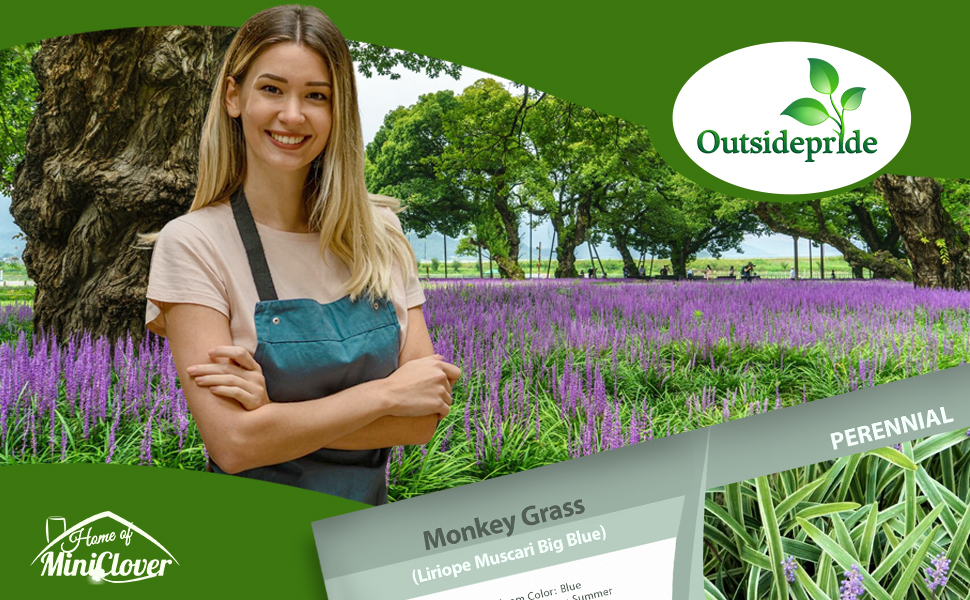
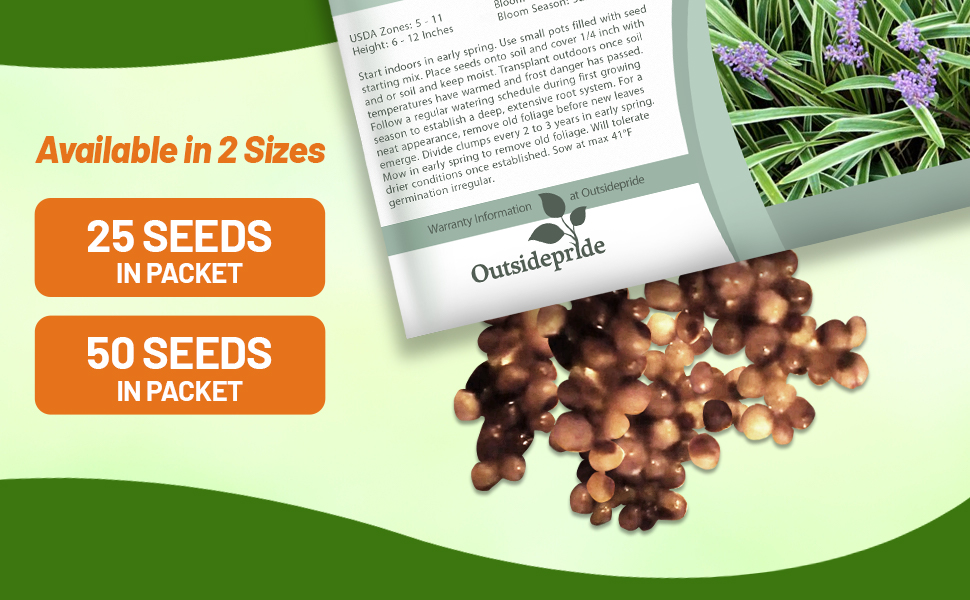
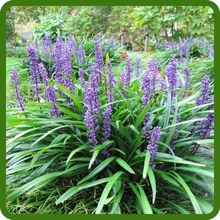
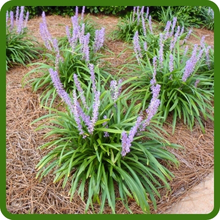
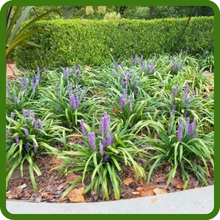
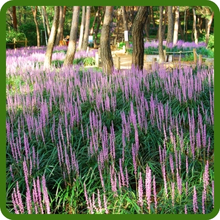
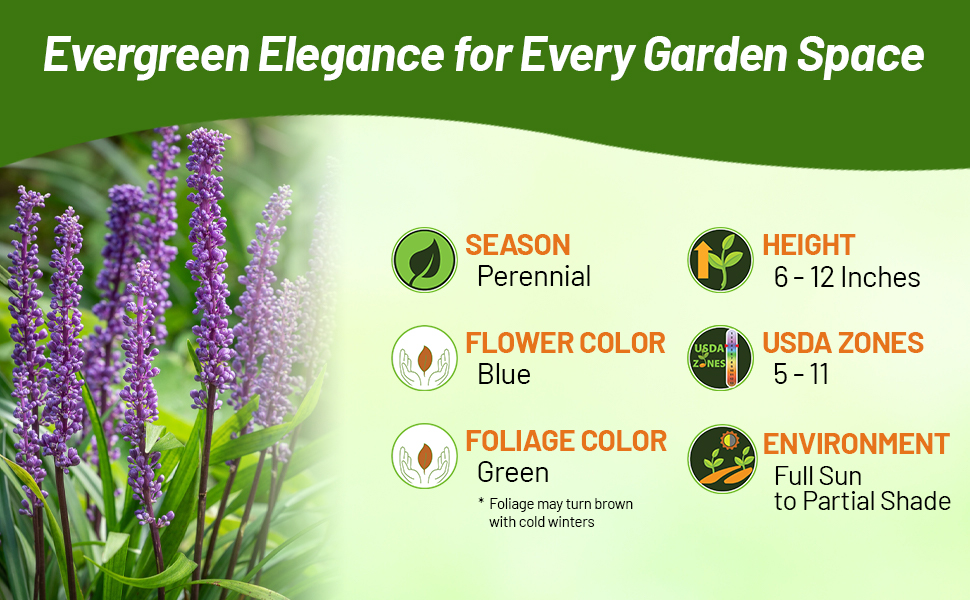
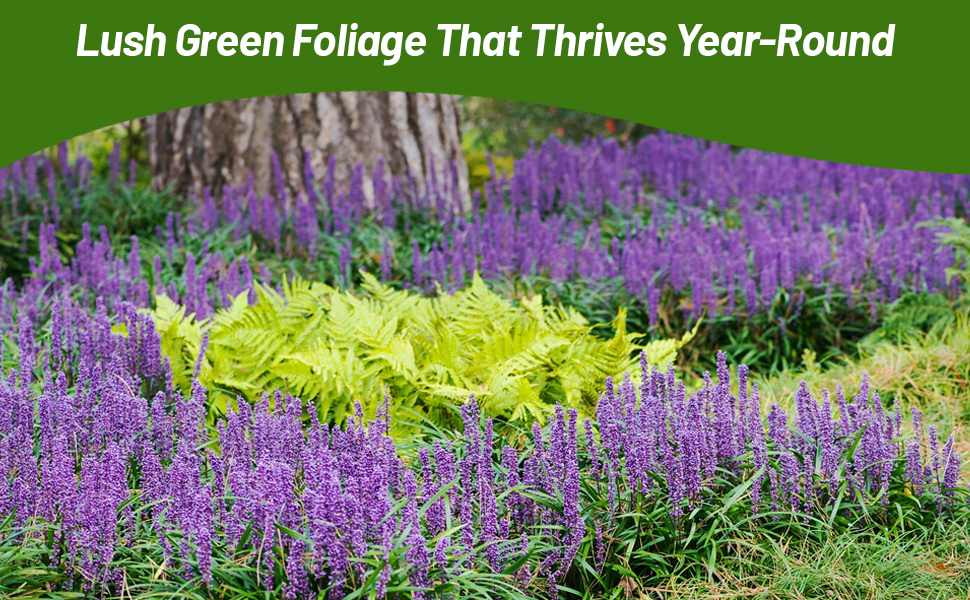
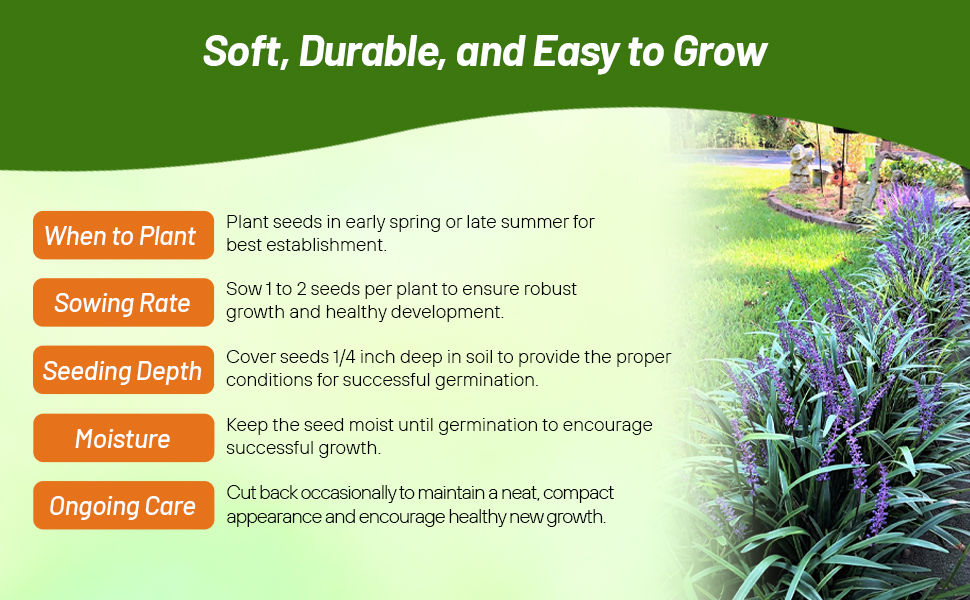
Monkey Grass (Liriope muscari) - If you need a decorative border or edging plant, start Monkey Grass seeds, and enjoy this popular ornamental grass plant. Also known as Lily Turf, this ornamental grass has evergreen foliage and violet blue flower spikes during the summer. Monkey Grass is an excellent ground cover for xeriscape landscapes, and it works nicely for container use as well.
How To Grow Monkey Grass From Ornamental Grass Seeds: Start Lily Turf seeds indoors in the early spring. Use small pots filled with seed starting mix. Place the ornamental grass seeds onto the soil and cover 1/4 inch with sand or soil and keep the seeds moist. place the seeds in the pots in your refrigerator until germination occurs Transplant outdoors once soil temperatures have warmed and frost danger has passed. Follow a regular watering schedule during the first growing season to establish a deep, extensive root system. For a neat appearance, remove old foliage from Liriope muscari before new leaves emerge. Divide Monkey Grass clumps every 2 to 3 years in early spring. Mow in early spring to remove old foliage. Lilyturf will tolerate drier conditions once established.
Common Questions
How can I use Liriope muscari in my landscape?
Liriope muscari is wonderful as edging plants along walkways, paths, pool decks. They are also lovely in mass plantings or as a ground cover. Plants can also be used around shrubs or under trees.
Will deer eat my plants?
No, deer and rabbits avoid these plants.
Do I need to prune back my plants?
Yes, cut back old leaves to the ground in early spring to encourage healthy new growth.
















